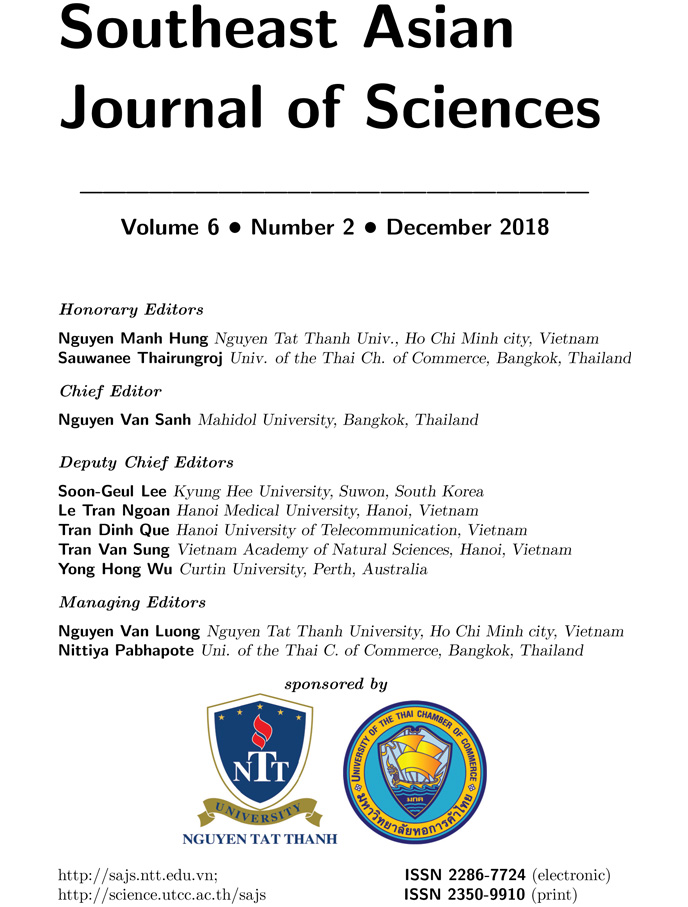ON THE RATE OF CONVERGENCE IN LIMIT THEOREMS FOR GEOMETRIC SUMS
Abstract
Let (Xnj, j = 1, 2, . . . , n; n = 1, 2, . . .) be a row-wise triangular array of independent identically distributed random variables. Let Nq, q ∈ (0, 1) be a geometric random variable with probabilities P(Nq = k) = q(1−q)k−1, k = 1, 2, . . . . Moreover, suppose that Nq, q ∈ (0, 1) is independent of all X nj, j = 1, 2, . . . ; n = 1, 2, . . . . Let SNq = Xn1 + Xn2 + . . . + XnN q denote the geometric sum of independent identically distributed random variables X nj, j = 1, 2, . . . ; n = 1, 2, . . . . (by convention, S0 = 0). The main purpose of this article is to establish the rate of convergence in some Renyi-type limit theorems for geometric sums via Trotter-operator method.
Published
2019-07-15
Section
Articles

